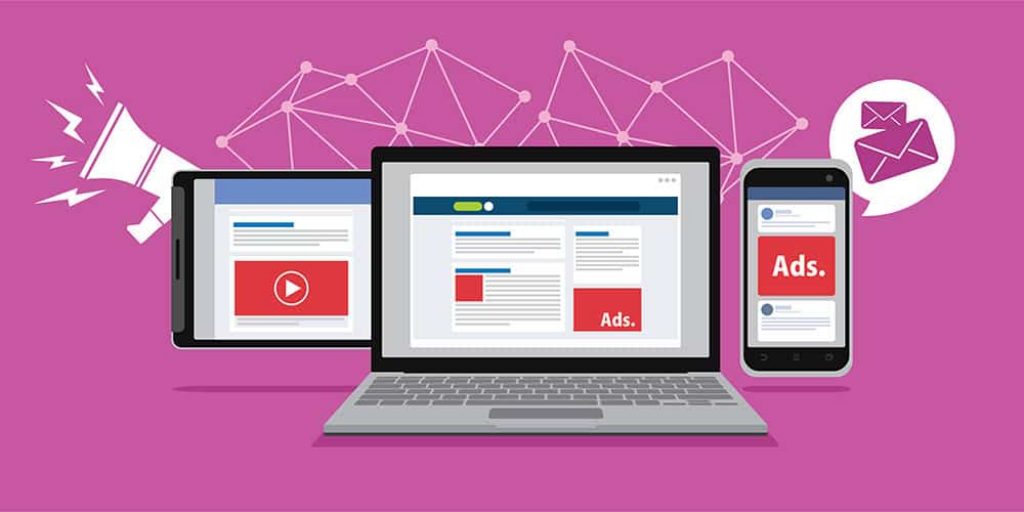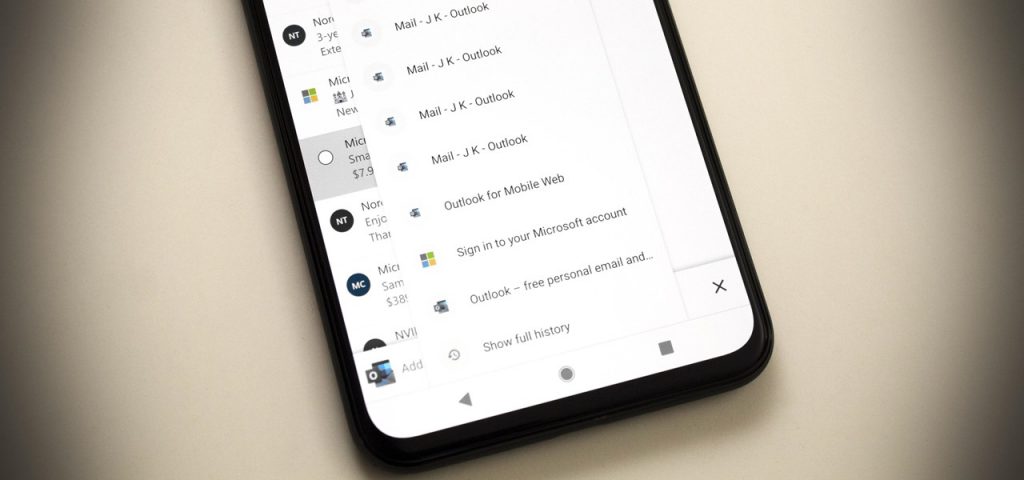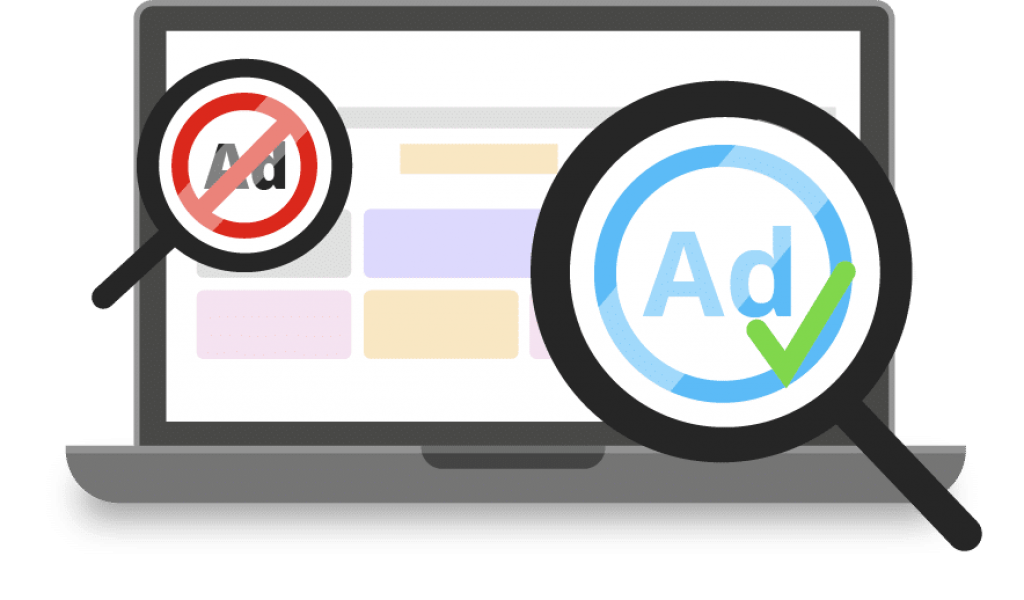
In this digital era, ad fraud is at an all-time high. Several advertisers are losing money every day on fake ads appearing on fraudulent websites.
Fraudsters are taking advantage of brands that are spending lots of money on online advertising. As a result, the targeted audience doesn’t get to see these ads.
The solution to this problem is ad verification. With ad verification, advertisers can verify that their ads are visible on the correct websites and proper area of the site. They can also check if they are in the correct context and visible to the correct audience.
Before we get into the process of ad verification, let’s take a closer look at ad fraud and how it’s done.
Table of Contents
Ad Fraud
Ad fraud refers to a series of fraudulent online ad activities like impression laundering, invisible ads, hijacking clicks, and hijacking ads. To understand how it’s a serious threat to many companies, let’s dig deep into each ad fraud techniques:
Impression Laundering

Source: ezoic.com
This fraud technique hides the actual fraudulent website where the ad is displayed. When you buy ad impressions, the fraudster will place them on a fraudulent site. These high-traffic sites have no relation to your content or audience. They usually have illegal content. Impression laundering ensures that you only see legitimate websites and hide the fake ones where the ads are placed.
Invisible Ads
With this technique, although you’ll see an impression for an ad, it will not be visible on the website. How do they do this?
- By displaying ads outside the viewport area
- Displaying ads in a 1 x 1-pixel iframe or pixel stuffing
- Displaying many ads in one iframe onto one ad slot
Hijacking Clicks

Source: gadgethacks.com
This is when a fraudster hijacks users’ clicks. Let’s say the user clicks on an ad, the fraudster will redirect them to a completely different site. Their strategy involves stealing prospective clients from the advertiser.
They achieve this by manipulating the publisher’s website (particularly the frame where the ad is), with scripts and bots.
Hijacking Ads
The attackers use malicious software to hijack ad slots on a site. They then place ads that earn money for themselves and not for the site owner. They do this by compromising the publisher’s site or the user’s computer.
Other fraud practices include bots traffic, popunders, and mobile app ad fraud. Fraudsters are continuing to manipulate advertisers by updating their practices and innovating new ones.
This leaves advertisers with no choice except to apply ad verification techniques. This goes a long way in safeguarding a company’s advertising dollars and reputation.
Proxies and Ad Verification

Source: ipburger.com
Proxies work as an intermediary between a user and the internet. When a user makes a request to a particular website, the proxy server will receive it first. It will first mask the user’s IP address, then forward the request to the website.
The website will receive the request, approve it, and send back the required information to the proxy server. The information will be free of any risk or malicious content.
The strict online measures by websites are making it difficult to access information easily. Brands will get blocked online because their IP addresses are exposed. The location of the user is also exposed. Also, some service providers will geo-lock content, so the only way to access it is to use a proxy. For more details, check Smartproxy website. If they don’t meet the acceptable requirements of the site they want to access, blocking is inevitable. Ad fraudsters are fighting back to ad verification and use sophisticated techniques to block IP addresses.
That’s where proxies come in. They eliminate the possibility of any site identifying you because it’s their IP address that’s exposed and not yours. Also, they ensure that the information you receive is secure.
When it comes to ad verification, proxies play an important role. Residential proxies are also known as ad proxies in this particular process. Their job is to monitor advertisers’ pages anonymously, improve ad performance, and detect ad fraud.
What are residential proxies?
Residential proxies are real IP addresses provided by Internet Service Providers to users. They are attached to a physical location, so using residential proxies guarantees various geo-locations. Furthermore, the main advantage of a residential proxy is its high anonymity and low block-rate.
Residential proxies provide genuine, organic, and geo-located IP addresses. This is the reason why these proxies are essential in ad verification. Residential proxies make it hard for ad fraudsters to reveal traffic that is verifying ads.
The two commonly used techniques to verify ads with an ad proxy are ad vendor verification and localized ad verification. The first technique is responsible for stopping ad fraud while localized ad verification monitors how other countries view the ads.
Why are Proxies Important for Ad Verification?

Source: oxylabs.io
When ad fraudsters notice verification scripts connecting to their fake websites, they block the IP address. This is where residential proxies come in like a magical solution, providing unique and diverse geographically located IP addresses.
When you use residential proxies for ad verification, fraudsters will not notice the verification scripts that are monitoring the ad. You’ll be able to mask your identity and use several legitimate IP addresses. They won’t be able to identify or block the IP addresses.
Also, proxies are an irreplaceable tool for businesses to access geo-restricted content. Ads can be displayed worldwide, and there are many websites that it’s impossible to access from different countries. Reliable proxy providers have a large selection of locations, so before choosing what proxies to use, you should think of locations to not face the challenge of accessing websites. If you want to know more about what proxies to choose for ad verification, visit Oxylabs for more information.
In Conclusion
Using residential proxies for ad verification is not an option for brands. If you want to see a return on investment for your advertising spend, it is a necessity. If your business is not verifying ads, you’re flushing advertising dollars down the drain.
The combination of proxies and ad verification makes the process more effective and inexpensive. We hope you now understand the importance of using proxies for ad verification in terms of time, money, and brand reputation.







